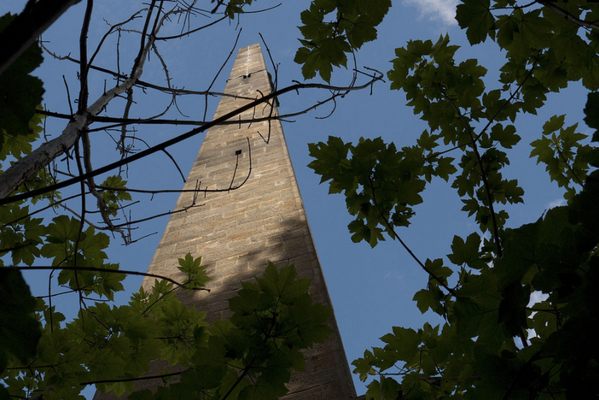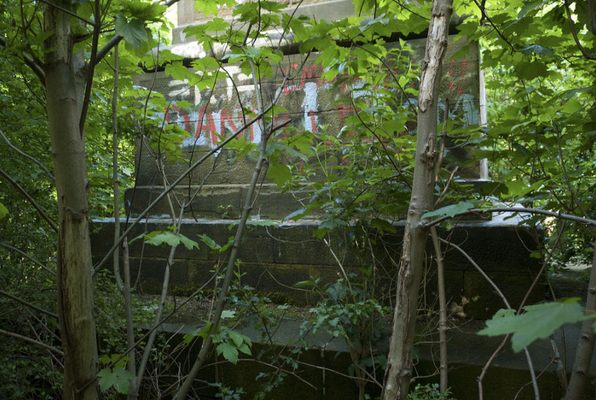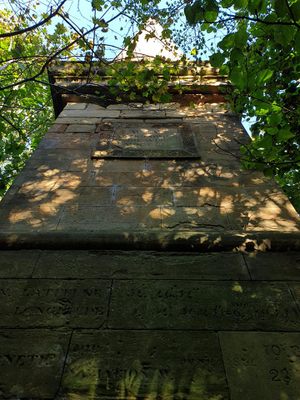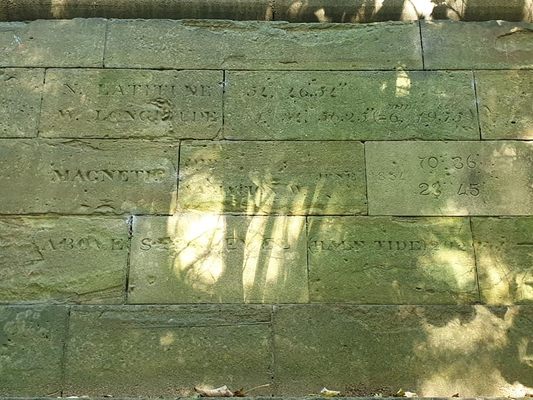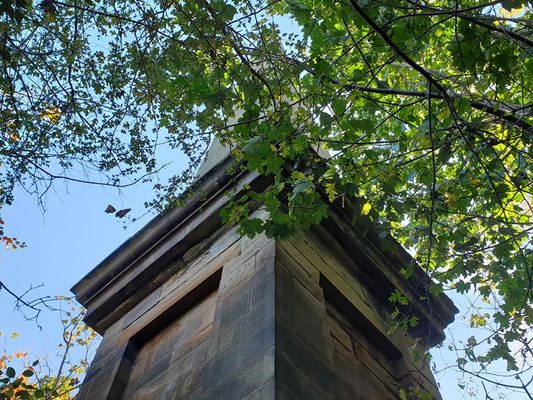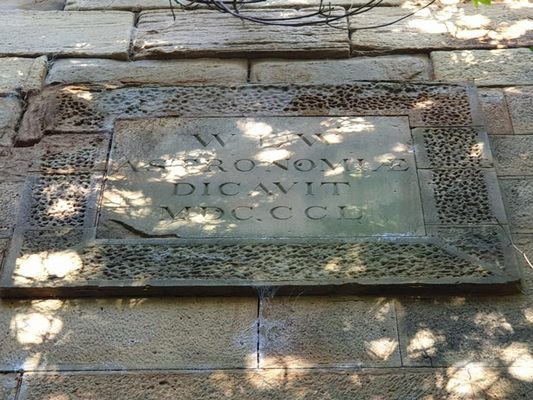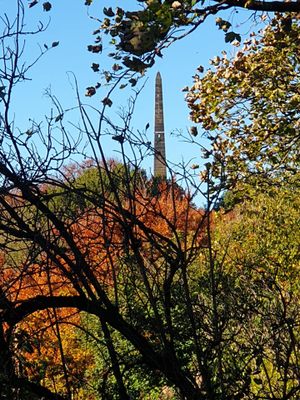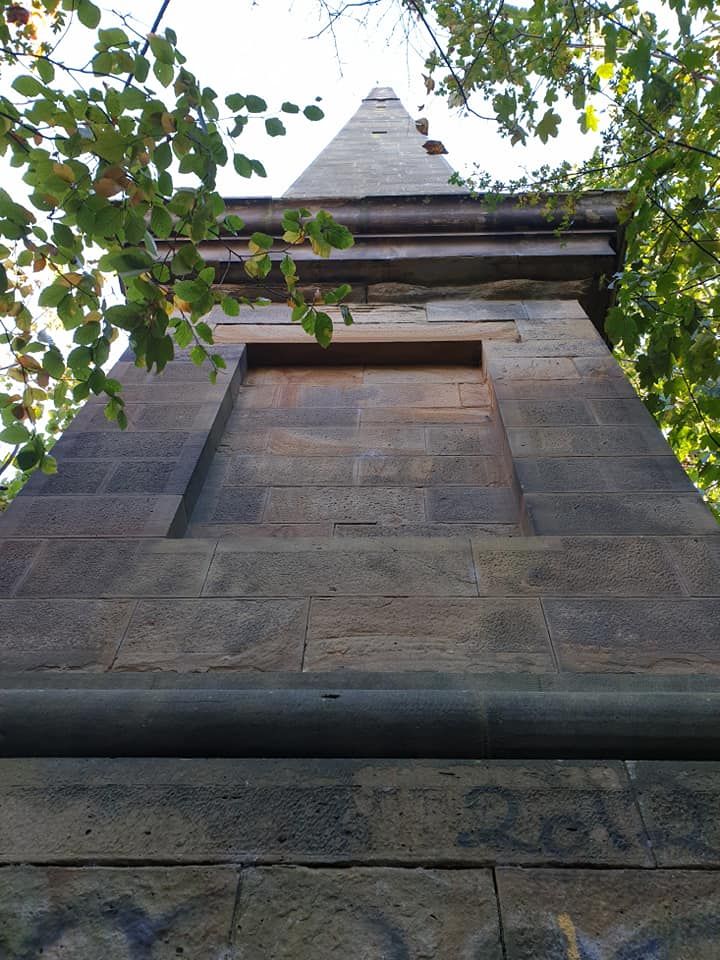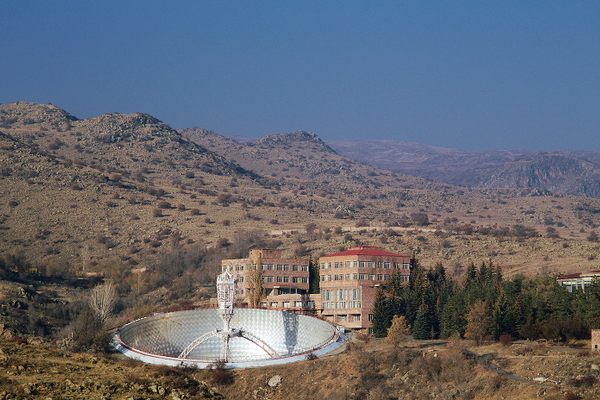About
Hidden amid tangles of greenery, this abandoned obelisk peeks through the shrubbery, giving those who know to look for it a glimpse of the local university's past astronomical interests.
Built in 1850 by local Durham philanthropist William Lloyd Wharton, the obelisk stands at 90 feet tall. Yet surprisingly, the sandstone tower is visible from only a few vantage points, being relatively hidden and unknown to most residents.
It was supposedly built to provide work for Durham locals during a recession and as a gift to the newly founded Durham University, even though it was erected about a mile away from the campus observatory. Nonetheless, the university lit it up as a beacon to determine due north during its studies of astronomy.
But sadly for the towering structure, the university observatory switched from making astronomical observations to being a purely meteorological station. This rendered the obelisk obsolete, ending its tenure as a tool to study the cosmos.
A stairway to the top of the neglected obelisk still exists deep inside the tower, though its entrance was walled up about 10 years ago. The obelisk itself is situated in a small wood and can only be seen poking out of the trees in summer or glimpsed ghost-like through the trees on a winter's day.
Related Tags
Know Before You Go
The obelisk can be seen from Wharton Park, from the car park that is reached off Framwellgate Peth, on the carriageway leading out of the city just past the railway bridge. The car park is in front of the play area, and there are accessible spaces from which the obelisk is visible.Wharton Park is a few minutes walk up the steps from the railway station itself.From slightly further away, there are views from The Jubilee Walk, which is reached from the Durham Station Long Stay Car Park. It can be seen from atop Durham Cathedral.
The obelisk is on private land, and although North Road and Obelisk Lane are very close, it is difficult to spot through the dense tree cover.
Community Contributors
Added By
Published
April 2, 2018
